I wrote an overview of the entire cruise with all my thoughts on things I wish I had known before I booked this cruise in this article and then followed up with an overview of the Jordan extension here. I’m now continuing with more details on each of the days/sections of the trip and I’ll start with the two days we spent in Cairo at the start of the vacation. We stayed in the Sheraton in Cairo, which is very close to the center of the city, but, to be honest, we didn’t do anything with that location. After a very late arrival, a very early start on the next day and then the organized tours, we didn’t feel much like exploring. And apart from taking an Uber to the GEM museum (it was not on the itinerary on our cruise), I’m not sure what we would have gone out to explore on our own. Cairo is an extremely busy city and while I think it is probably safe to walk about in the area we were in, it is difficult to be absolutely sure. We were content to eat in the hotel and take in the view from our room – which was quite spectacular!
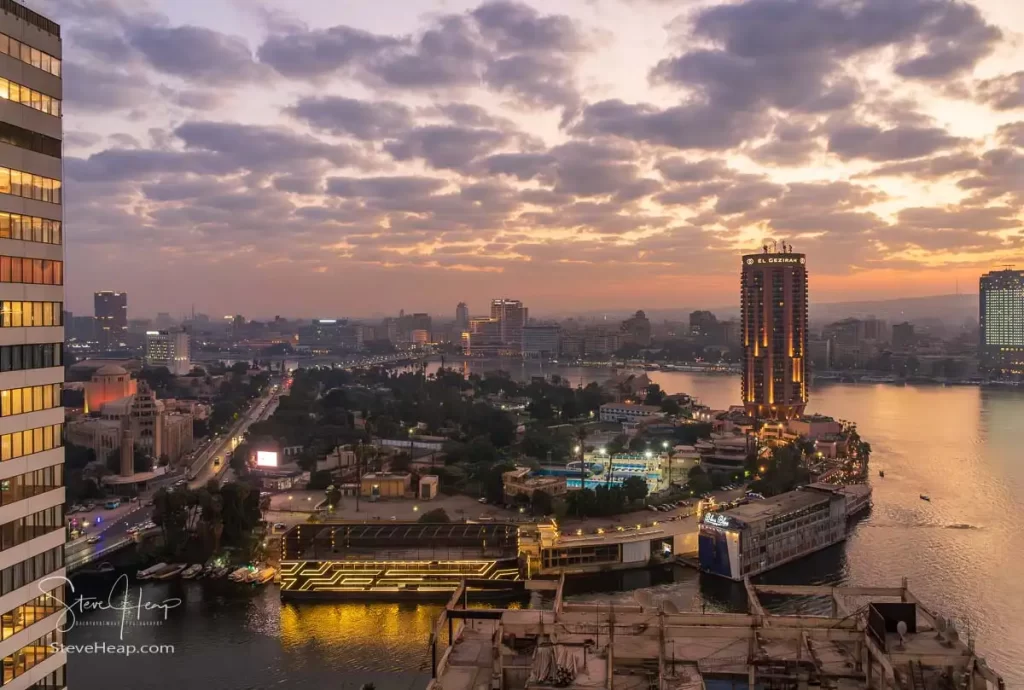
The first outing was to the Citadel and the Alabaster Mosque. The mosque itself is very interesting and beautiful inside, but the views from the terraces are always worthwhile. It isn’t very obvious from this image, but the pyramids are “sort of” visible through the smog over the city if you really look!
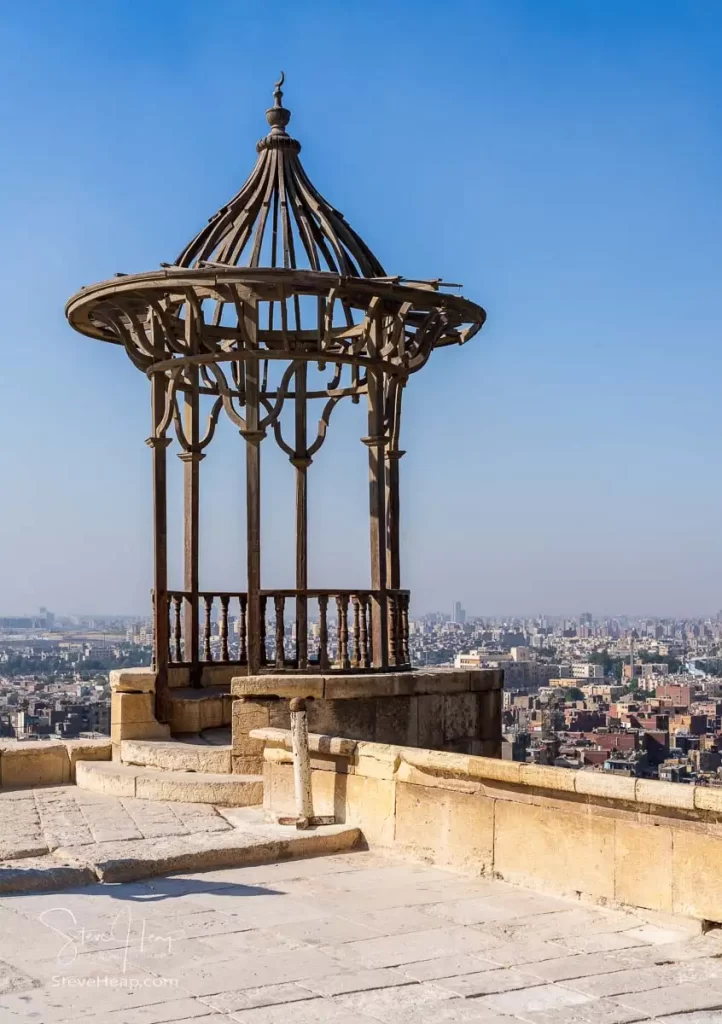
What always fascinates me about Cairo is just how crowded it is. I’m no city planner, but just imagining how basic things like power, water and sewage gets to and from these neighborhoods is mind blowing! And the city is in constant motion day and night.
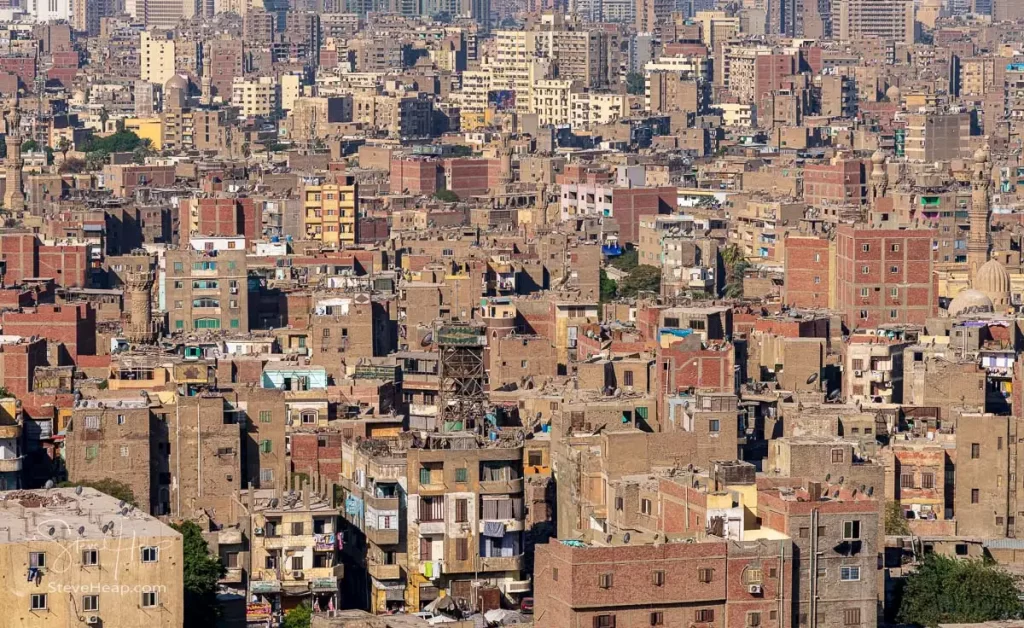
From there we were off to the Museum of Egyptian Antiquities – the home of most of the ancient artefacts from the time of the Pharaohs since 1902. While this is a building full of interesting things, it is not the easiest of buildings to get around and some areas are massively congested. The line into the Tutankhamen exhibit was long and the room completely full of people. I had seen these treasures before when they were displayed in London and so I decided to give that room a pass – the chances of picking up some sort of infection seemed quite high! The treasures that are there are magnificent though. This famous statue called Khafre Enthroned really shows the skills that these craftsmen had in 2550 BC. To carve something as fine as this out of a massive block of anorthosite gneiss, a valuable, extremely hard, and dark stone brought 400 miles down the Nile River from royal quarries and get this detail and perfection is amazing. This was really the start of being amazed every day as we thought of what was happening elsewhere in the world at this time. Yes, in Britain they were moving big blocks of stone to make Stonehenge, but the quality of the workmanship is no way comparable.
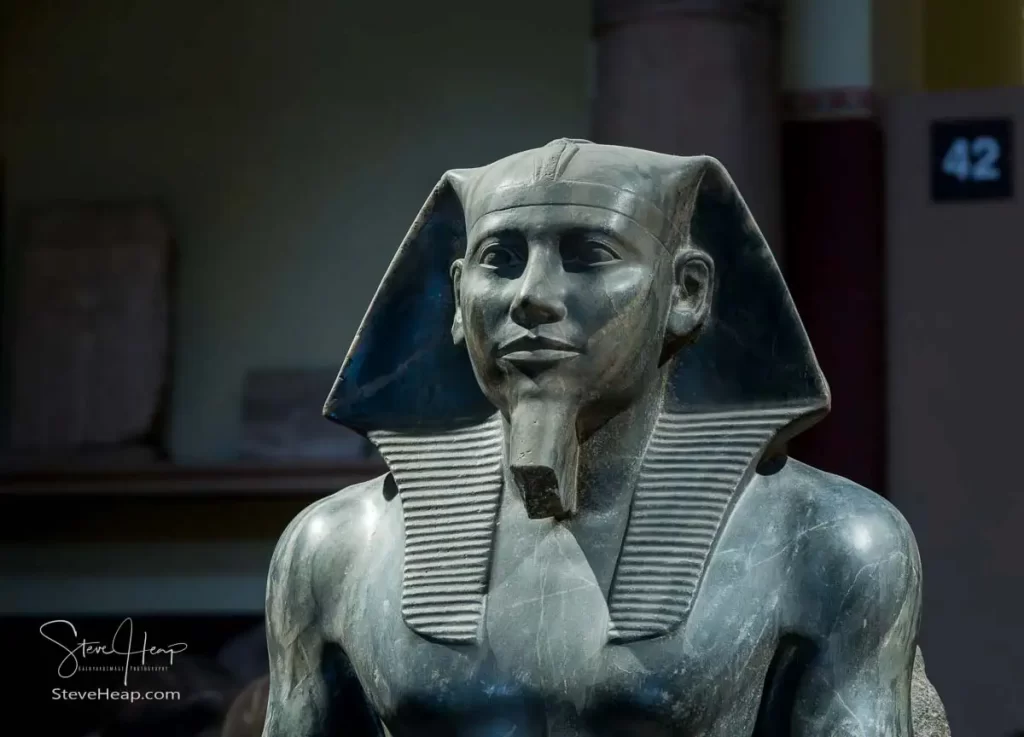
After some time wandering at leisure (if you can call that museum leisure!) we all met up again by the cafeteria and gift shop, ready to be taken back to the hotel for a late lunch and a rest.
The Step Pyramid at Saqqara with the tomb of Kagemni
The next day was an early start again (for those from the USA at least) to see what we all think of as Egypt’s treasures – the pyramids. I’ve seen the main pyramids before, but the step pyramid site was a bit of a surprise. After a climb down into our first tomb with the hieroglyphics covering every available wall in the underground space, we visited the far more impressive tomb built for Kagemni, Vizier to King Teti. The walls here are covered with fascinating scenes of everyday life and originally would have been painted as well as carved out of the limestone.
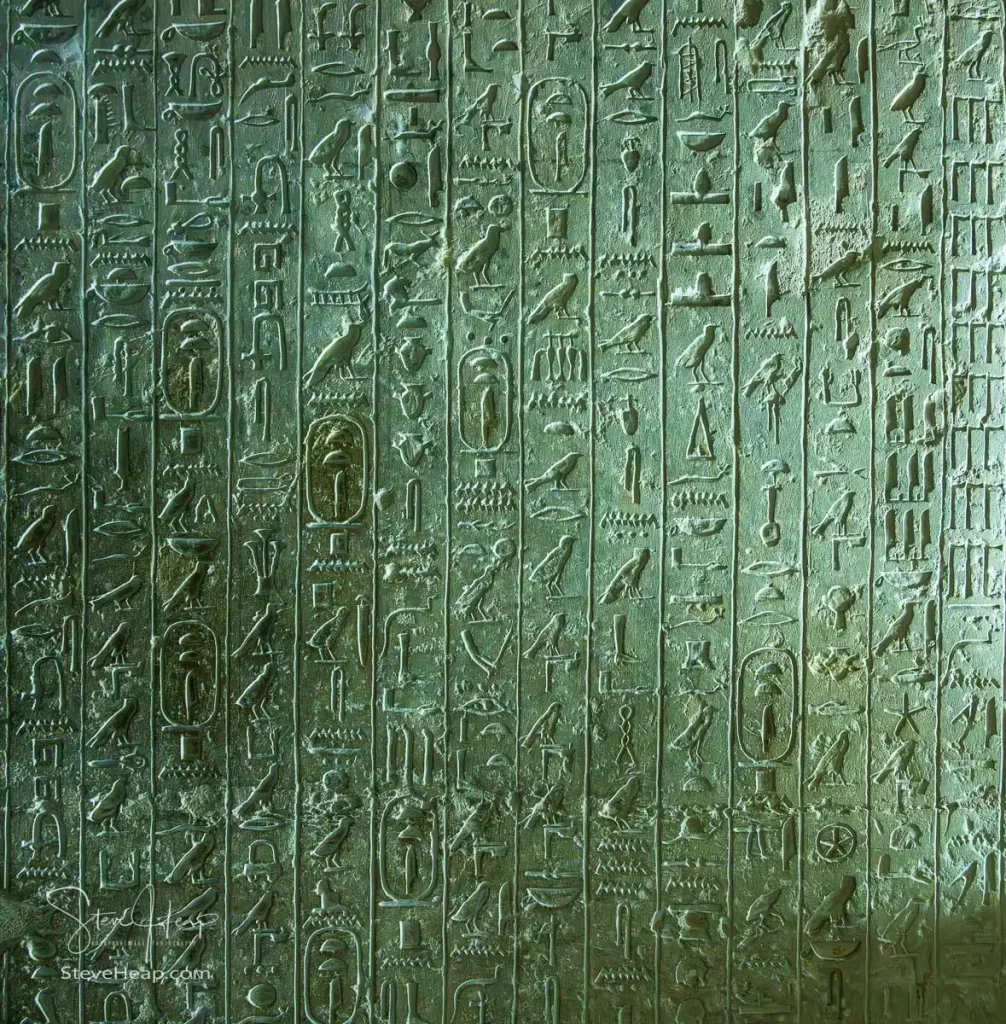
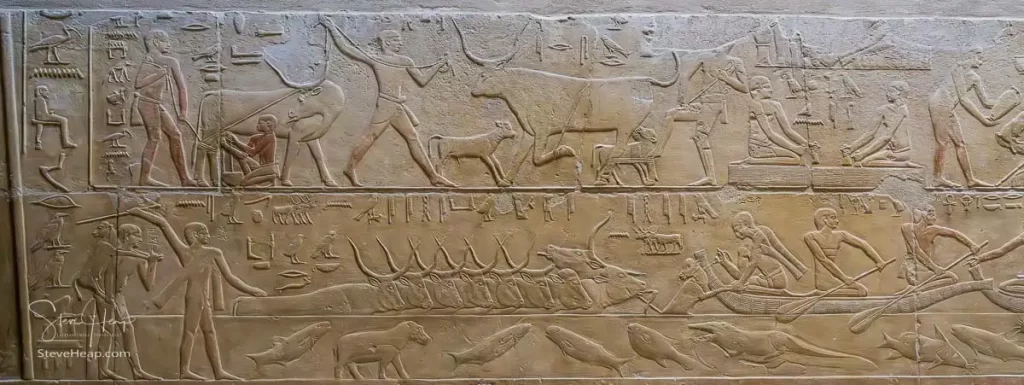
The skill is obvious once again as they would have started with a plain surface of limestone and then carved into it to make these 3-D figures where a hand might be at the top level, then the body is underneath that at a lower level in the stone, then the other arm, a boat below that until you get to the final flat surface forming the background. I think about what would happen if you chiseled a little too deeply – replace the entire block in the wall? And how would you do that?
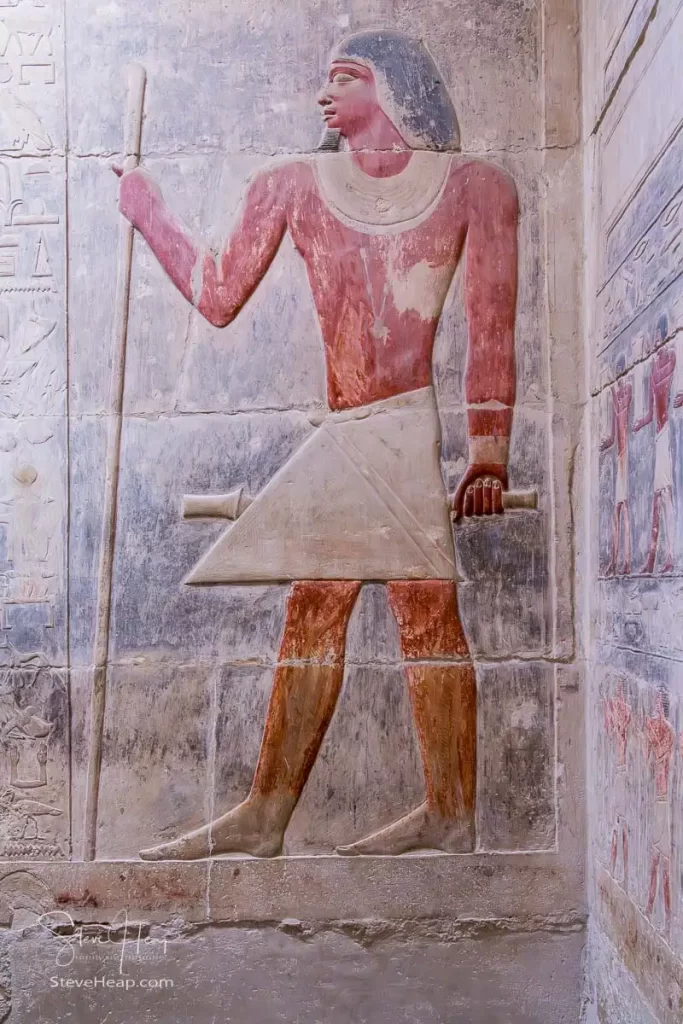
Although you see the step pyramid in the distance from these first tombs, I was not expecting the massive wall that originally totally enclosed the site:
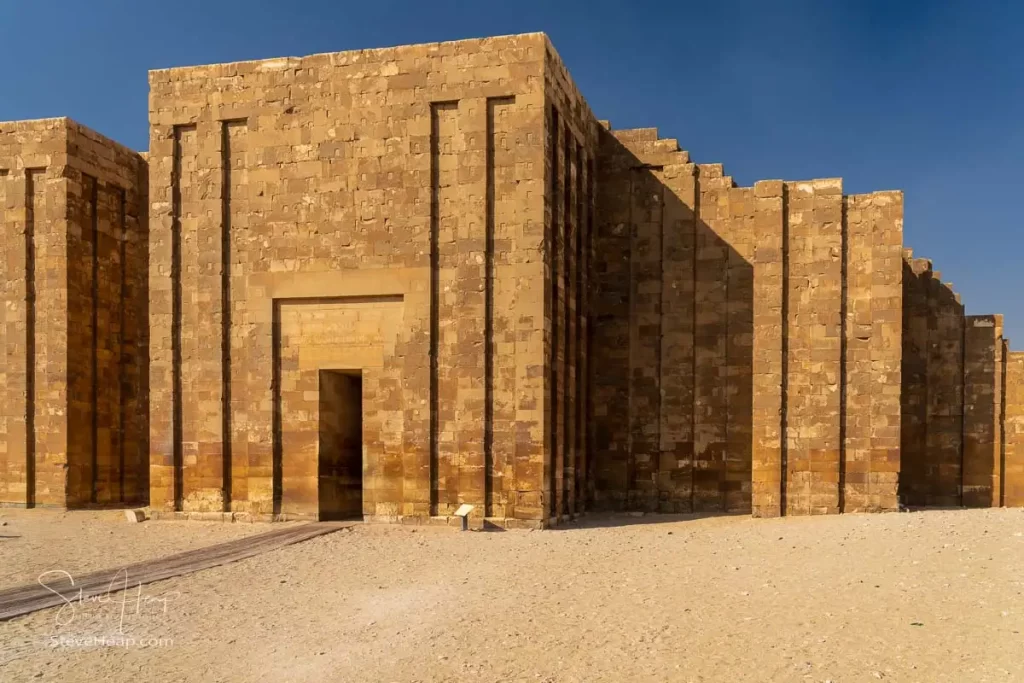
And then you learn that these grooves in the structure were created after the wall was built – it was far too easy to build it with these vertical panels at the start! Inside the door was a massive room full for stone columns that originally would have had a stone roof covering the entire area. And the door here is far too small to take the funeral procession when Djoser died, and so a large ramp up and over the wall would have been needed. The architect here was Imhotep and he certainly seems to have set the standard for the larger pyramids in Giza that we were going to see next!
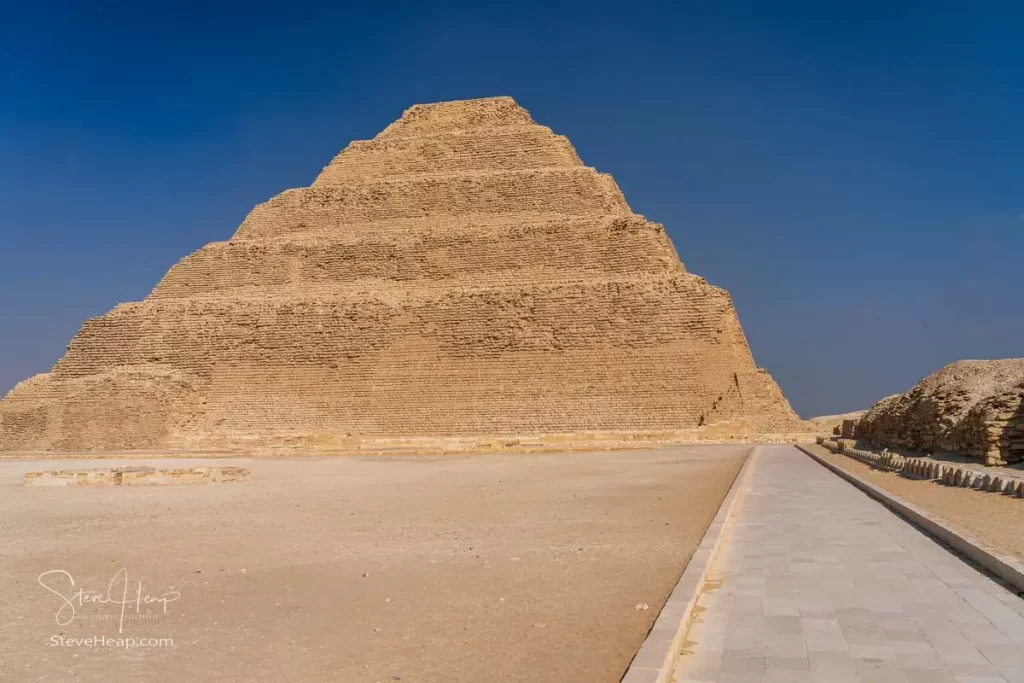
As you can see it wasn’t too busy here, although I am often the last person in our group to leave so that I get the place to myself.
The Carpet Factory
There must be a nice little kickback to Viking (or the guides?) with the trips to see various things being made – in this case carpets being knotted in really nice, well-lit, air-conditioned rooms.
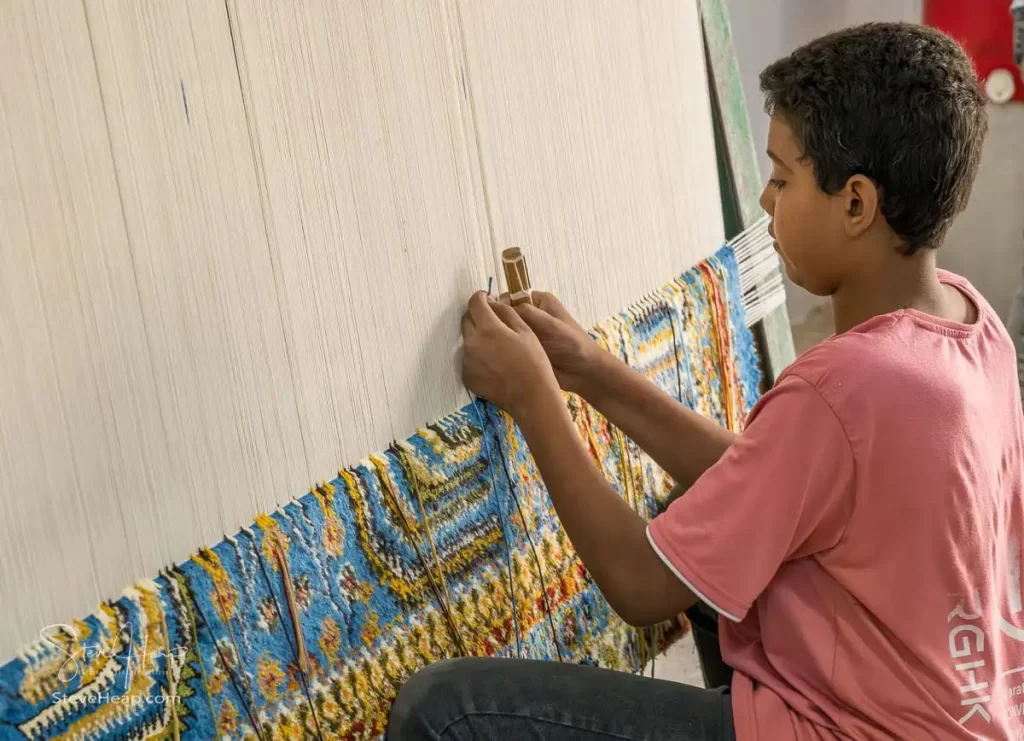
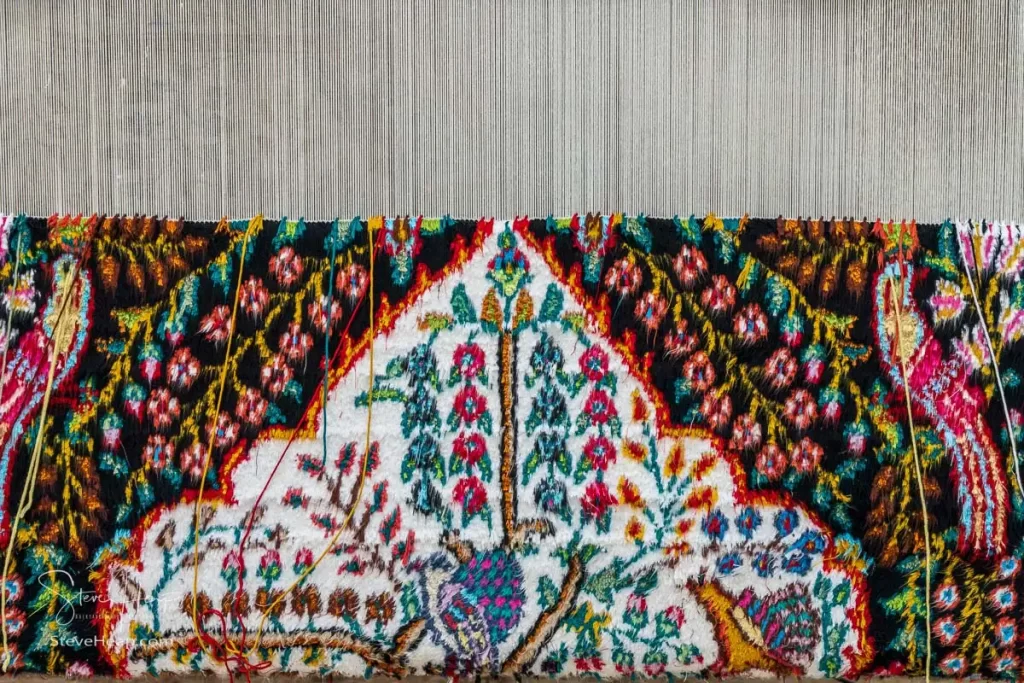
Call me cynical, but when you see the range and sizes of carpets in the upstairs showroom, I find it hard to believe that they are made in such comfortable conditions! We spent the next 45 minutes trying to avoid the eye of the salesmen watching for any sign of interest in a particular carpet!
The Real Pyramids!
After lunch alongside the new Grand Egyptian Museum, we headed off to see the “real” pyramids. This one shot shows that even here it wasn’t too busy, but also shows where the new museum is compared to the pyramids:
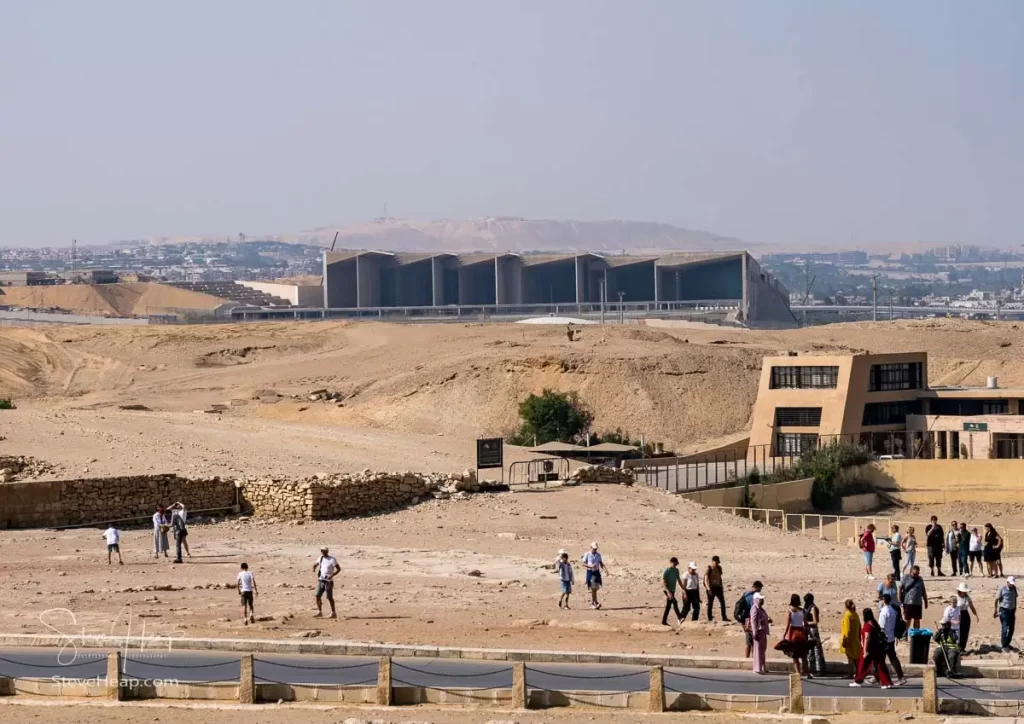
What is funny here is how people queue up (as I did for this photo) to climb up a bit of the pyramid and walk along some blocks and then back down to earth. I guess I can say I have climbed up the pyramid!
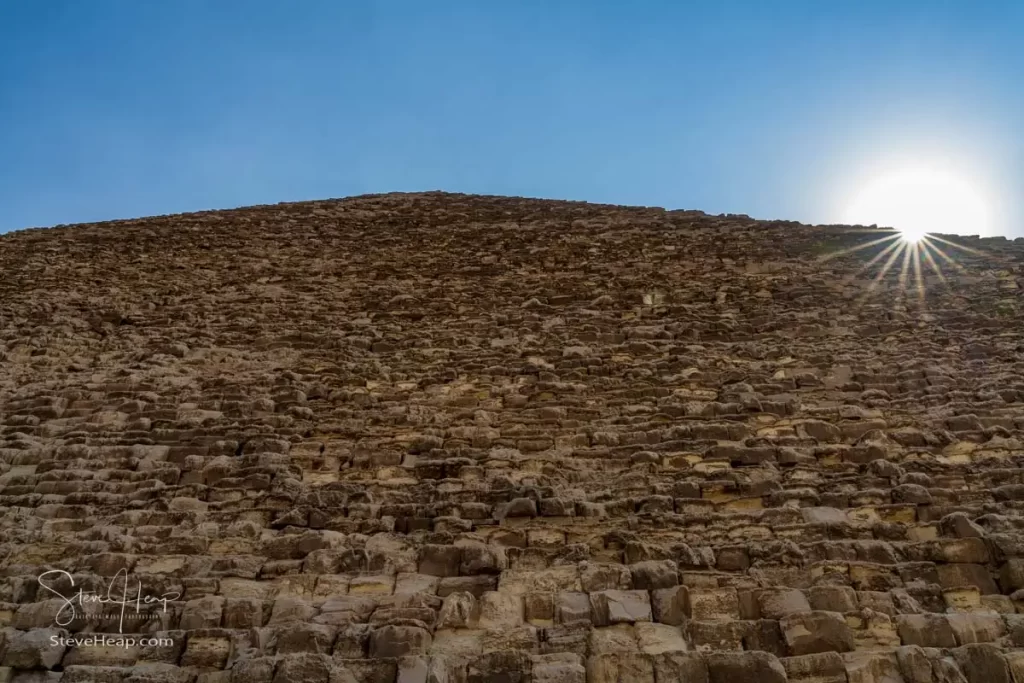
Our next stop (via the coach) was the camel riding excursion. Again, included in the Viking price, we could get on a camel and be led across the sand for a photo op with the pyramids in the background. I chose not to do that, partly because I have ridden a camel before, but mainly because I wanted to get some nice photos of a camel with the pyramids as my photo op. I also got this nice shot of a camel driver waiting for his next customers. I don’t think they are very busy at the moment.
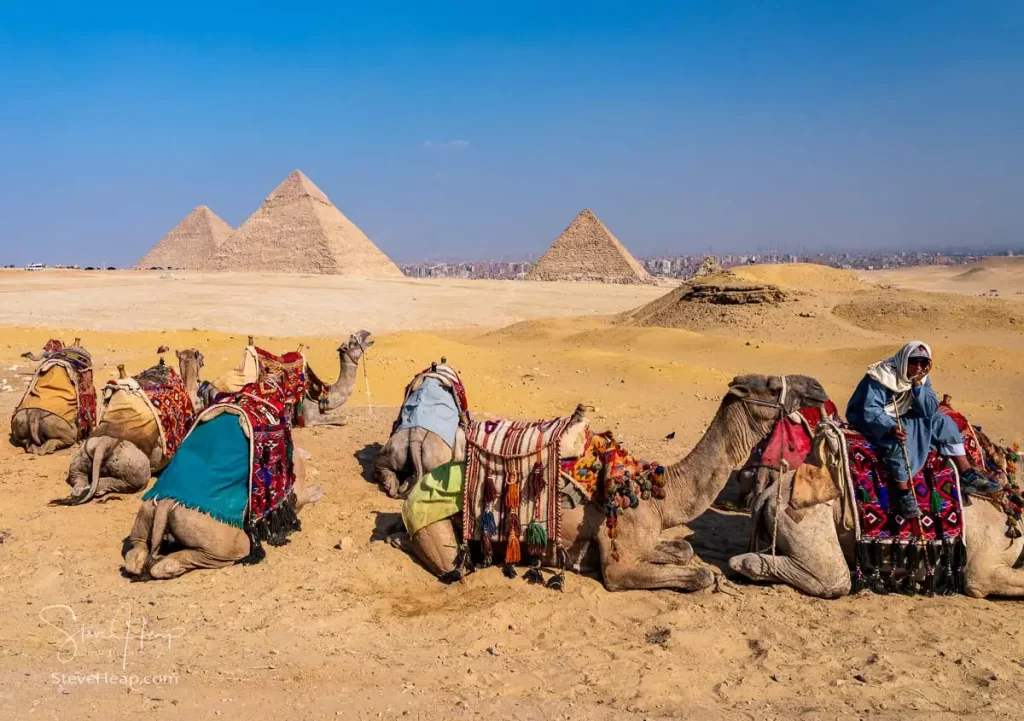
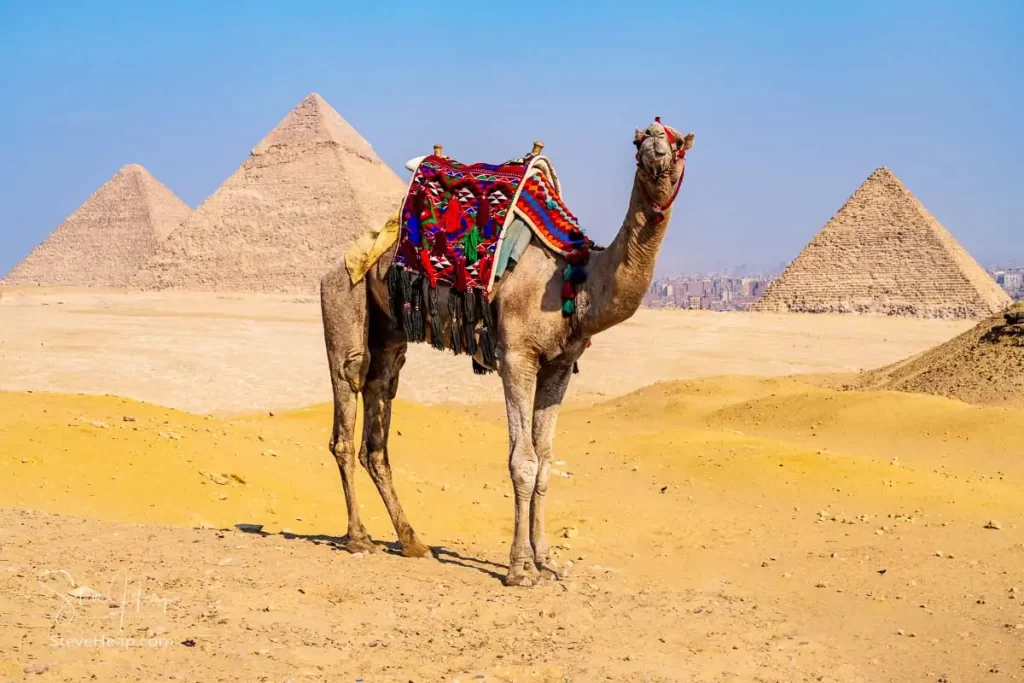
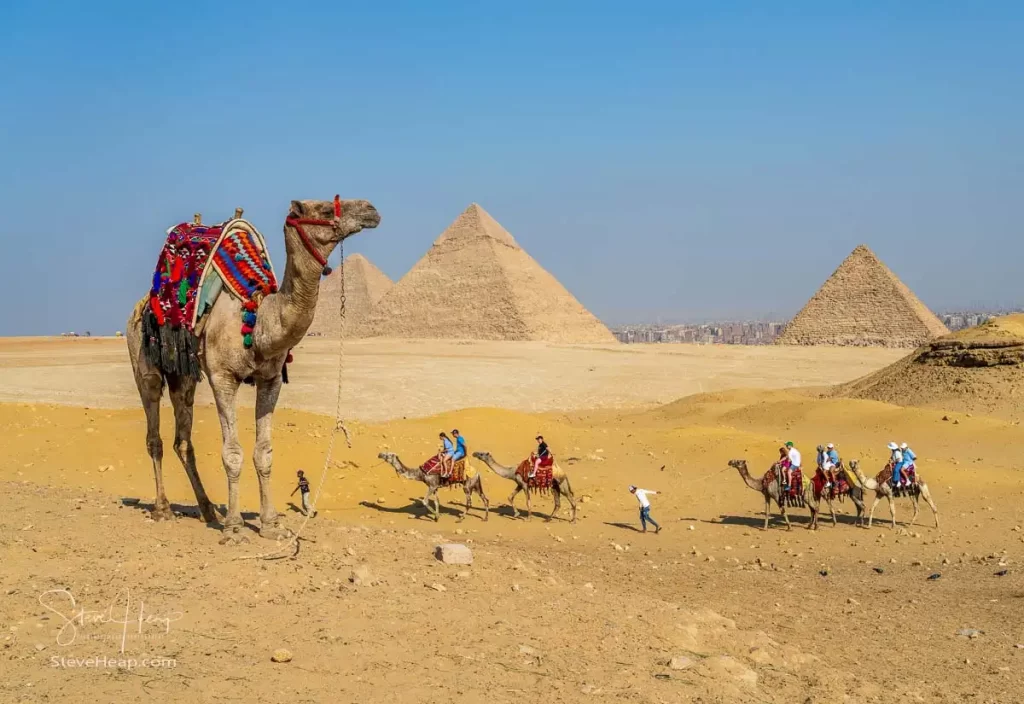
Then, after a visit to the Sphinx, which is very interesting in its own right, we headed back into Cairo to arrive around sunset for our final night before the early morning flight (3am alarm call) to Luxor and the start of the cruise proper.
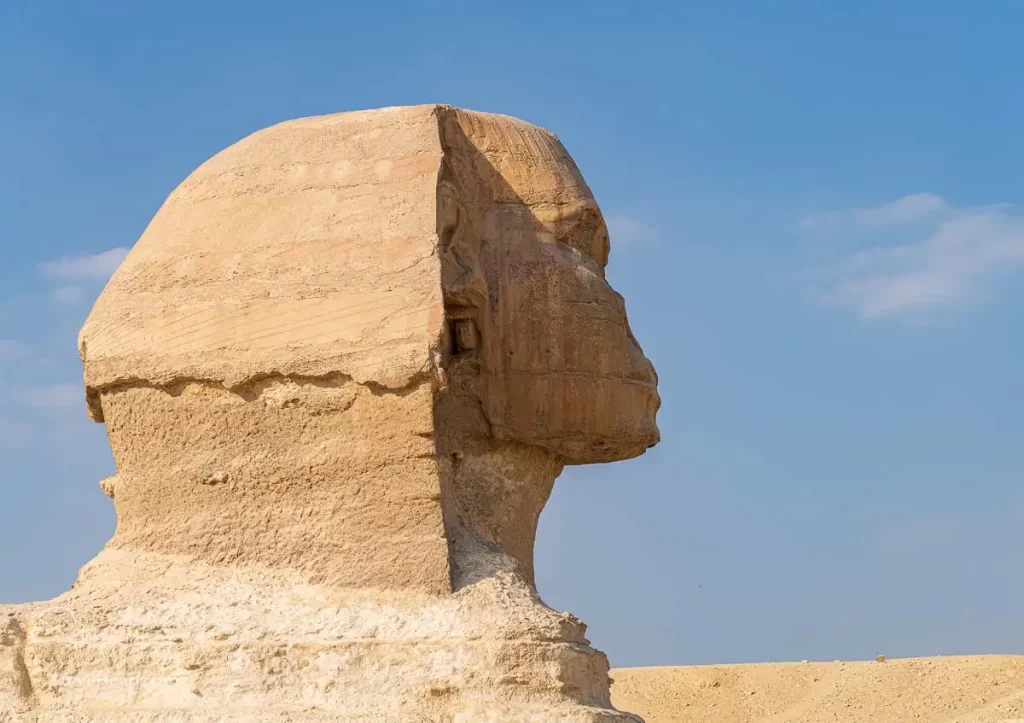
Early rise the next day as we catch the flight from Cairo to Luxor to meet the MS Antares.
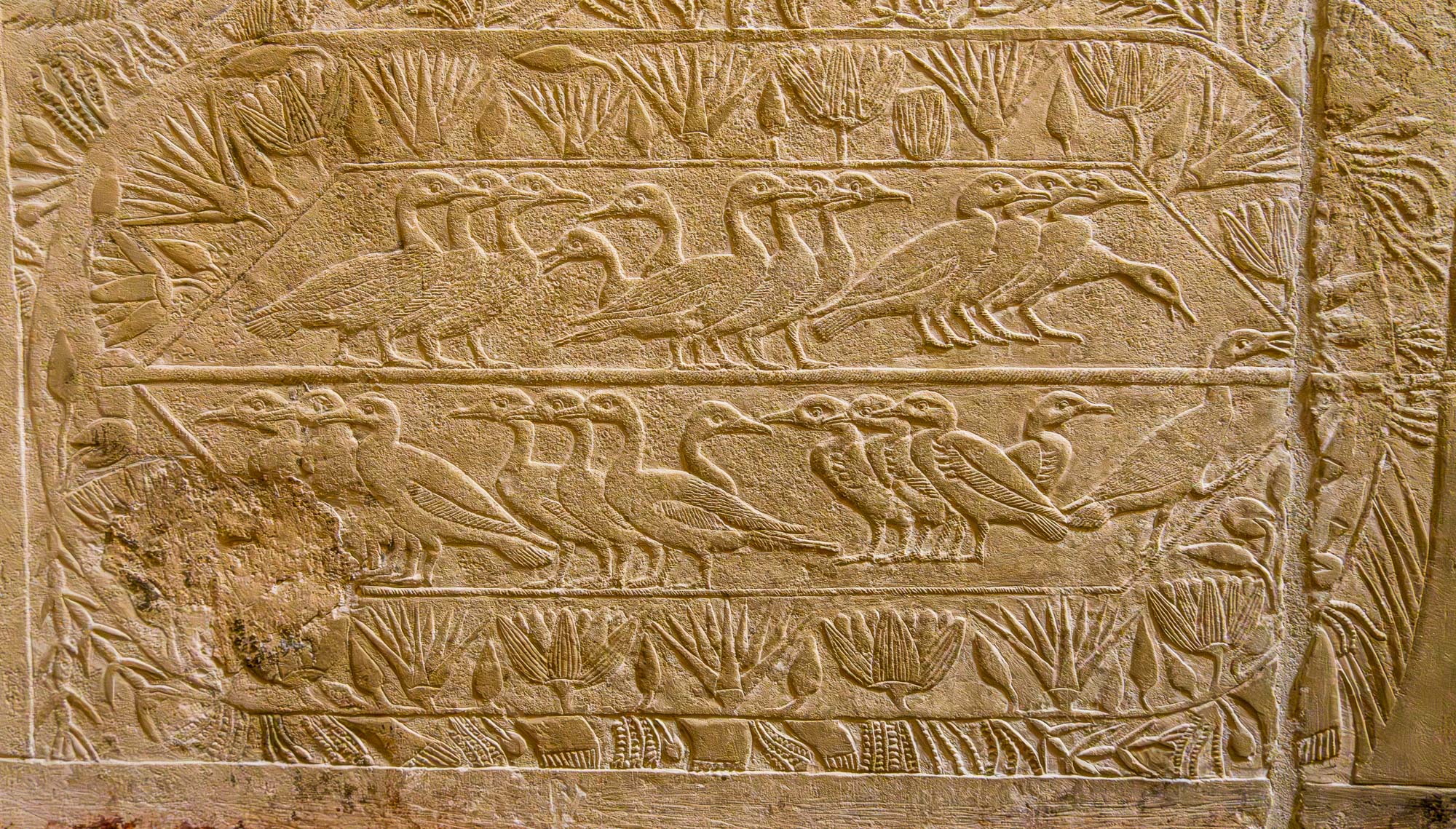
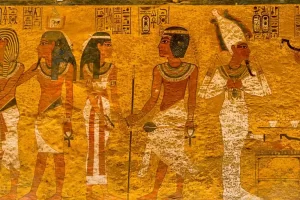
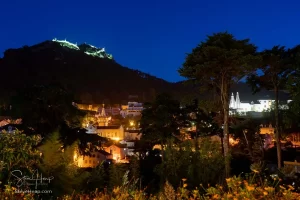
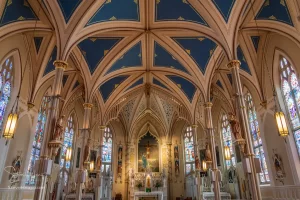
Angela Solmonte-Godfrey
15 Jan 2025Loved reading this. My husband and I are going to be taking this trip on April 28 th from Boston and on the Antares as well.
We love your outstanding photos and your descriptions . A little aside, I was in Egypt in 1974 right after Nixon left. I was 23 traveling with my girlfriend and the Egyptian consulate set up our entire trip after an extensive interview ( safety reasons of course) before giving us a visa .
To be able to revisit after so many years with my husband is a gift for sure.
Thank you for sharing your trip and giving thoughtful suggestions… can’t wait to read more…
Steve Heap
15 Jan 2025Thanks so much for the kind comments. I’m sure you will find that Egypt has changed in some respects and in others, not at all! We were amazed at how they had restored the colors in some of the temples, removing centuries of smoke and soot. I will try to get all the articles written before you depart!
Steve
Toria Morgan
19 Jan 2025I enjoyed your information very much. We are taking this cruise in September and are very excited. We have not ever been to that part of the world. I look forward to your other articles
Steve Heap
20 Jan 2025Thanks for your kind words! I’m sure you will enjoy this cruise. I’ll try to get more articles online, but I broke my wrist in a fall last week which makes typing very slow! Old age, I guess!
Steve
Bob Holt
21 Jan 2025Fabulous photos and narrative, Steve. A really superb intro to your adventure on the Nile. I too, will be making this trip, but not until Sepember of 2026. Already booked, so hopefully things will work out for my friends and me.
I’m looking forward to your next installment………….
Steve Heap
21 Jan 2025Thanks, Bob. That is quite a wait, but it will be great when you get there! It gives me time to finish the articles though. I broke my wrist last week and so things are slow on the typing!